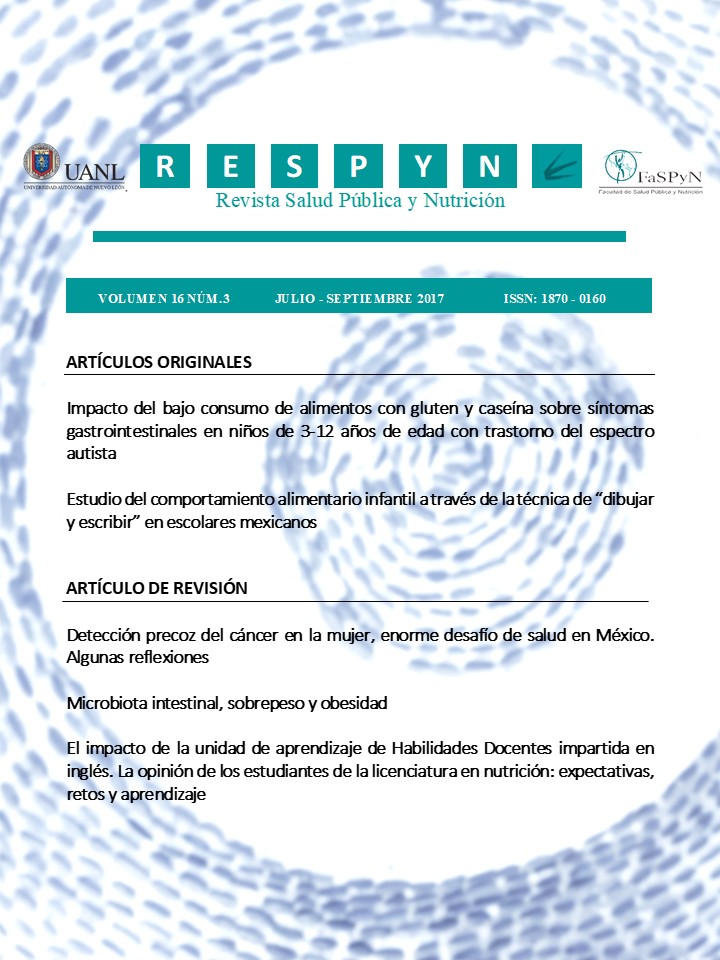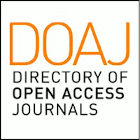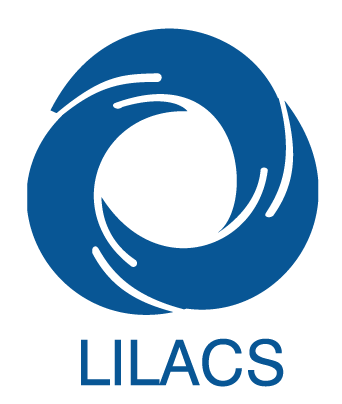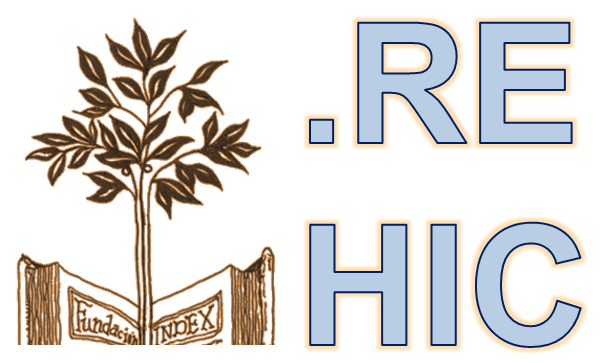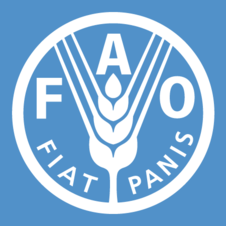El impacto de la unidad de aprendizaje de Habilidades Docentes impartida en inglés. La opinión de los estudiantes de la licenciatura en nutrición: expectativas, retos y aprendizaje
DOI:
https://doi.org/10.29105/respyn16.3-5Abstract
Introducción: Esta unidad de aprendizaje optativa, se ofrece en una de las Facultades de la Universidad Autónoma de Nuevo León y su propósito es desarrollar en los estudiantes la competencia de manejo de grupo y de elaboración de planes de clase en el idioma inglés, basados en una variedad de estrategias de la enseñanza de contenido. Objetivo: Describir la experiencia de los estudiantes de la licenciatura en nutrición en la clase de Habilidades Docentes en inglés. Conclusiones: La experiencia del curso fue satisfactoria, con aspectos positivos pero también retos que superar, ya que esta modalidad de enseñanza de contenido en inglés los motivó a trabajar más este idioma y a adquirir las competencias para desempeñarse como docente en su desarrollo profesional, si así lo decidieran.
ABSTRACT
Introduction: This elective learning unit is offered in one School of the Universidad Autónoma de Nuevo León. The purpose of the course is to make students develop the competencies of classroom management and lesson planning, both of them in English, based on a variety of content teaching strategies.. Objective: To describe the experience of students from the bachelor of nutrition who took the Teaching Principles course in English. Conclusions: The experience was satisfactory. There were some positive aspects and challenges to overcome. The fact of taking a course 100% in English motivated them to make an effort on learning the language as well as to acquire knowledge and abilities to work as a teacher in their future professional development if that were their choice
Palabras clave: enseñanza de contenidos en inglés, instrucción protegida, educación bilingüe, content-based instruction, sheltered instruction, bilingual education.
Downloads
References
Cummins, J. (2015). BICS and CALP: Empirical and theoretical status of the distinction. B. Street and N. H. Hornberger (eds), Encyclopedia of Language and Education, 2nd Edition, Volume 2: Literacy, 71–83. #2008 Springer Science+Business Media LLC. Recuperado de https://link.springer.com/content/pdf/10.1007%2F978-0-387-30424-3_36.pdf DOI: https://doi.org/10.1007/978-3-319-02321-2_6-1
Echevarría, J., Vogt M. and Short, J. (2004). Making Content Comprehensible for English Learners: The SIOP Model. USA: Pearson.
Grabe, W., and Stoller, F. (1997). Content-based instruction: Research foundations. Recuperado de http://carla.umn.edu/cobaltt/modules/principles/grabe_stoller1997/READING1/foundation.htm
Instituto Mexicano para la Competitividad A.C., Inglés para la Competitividad y la Movilidad Social y Consejo Empresarial Mexicano de Comercio Exterior, Inversión y Tecnología (2015). Inglés es Posible. Propuesta de una Agenda Nacional. México. Recuperado de: http://imco.org.mx/wp- content/uploads/2015/04/2015_Documento_completo_Ingles_es_posible.pdf
Krashen, S. (1982). Principles and practices of second language acquisition. Oxford: Pergamon Press.
Richards, J., Platt, J. and Platt, H. (1992). Longman Dictionary of Language Teaching & Applied Linguistics. Second edition. UK: Longman
Manual de Acomodos para Estudiantes con Limitaciones Lingüísticas en Español (LLE). (2011). Recuperado de https://issuu.com/dr.rivera-jimenez/docs/manual_de_acomodo
Peregoy, S. and Boyle, O. (2005). Reading, writing, and learning in ESL: A resource book for K-12 teachers. Boston: Pearson/Allyn and Bacon.
Plan de Desarrollo Institucional 2012-2020. (2012). Universidad Autónoma de Nuevo León. Recuperado de wwww.uanl.mx/sites/default/files/documentos/.../pdi-2020-26abril.pdf
Sáenz, J. (s.f). Influencia de Escolarización en Lengua Materna y Matemáticas. Madrid: Vision Libros. Recuperado
Swain, M. (1988). Manipulating and Complementing Content Teaching to Maximize Second Language Learning. TESL Canada Journal, 6, 68-83. Recuperado de http://files.eric.ed.gov/fulltext/EJ387350.pdf DOI: https://doi.org/10.18806/tesl.v6i1.542
Downloads
Published
How to Cite
Issue
Section
License
The rights of the work belong to the author or authors, however, by sending it for publication in the Public Health and Nutrition Magazine of the Faculty of Public Health and Nutrition of the Autonomous University of Nuevo León, they grant the right for its first publication in between electronic, and possibly, in print to the Public Health and Nutrition Magazine. The license used is the Creative Commons attribution, which allows third parties to use what is published whenever the authorship of the work is mentioned and the first publication that is in the Public Health and Nutrition Magazine. Likewise, the author or authors will take into account that it will not be allowed to send the publication to any other journal, regardless of the format. The authors will be able to make other independent and additional contractual agreements for the non-exclusive distribution of the version of the article published in the Public Health and Nutrition Magazine (e.g., institutional repository or publication in a book) provided they clearly state that The work was published for the first time in the Public Health Magazine, Magazine of the Faculty of Public Health and Nutrition of the Autonomous University of Nuevo León.
